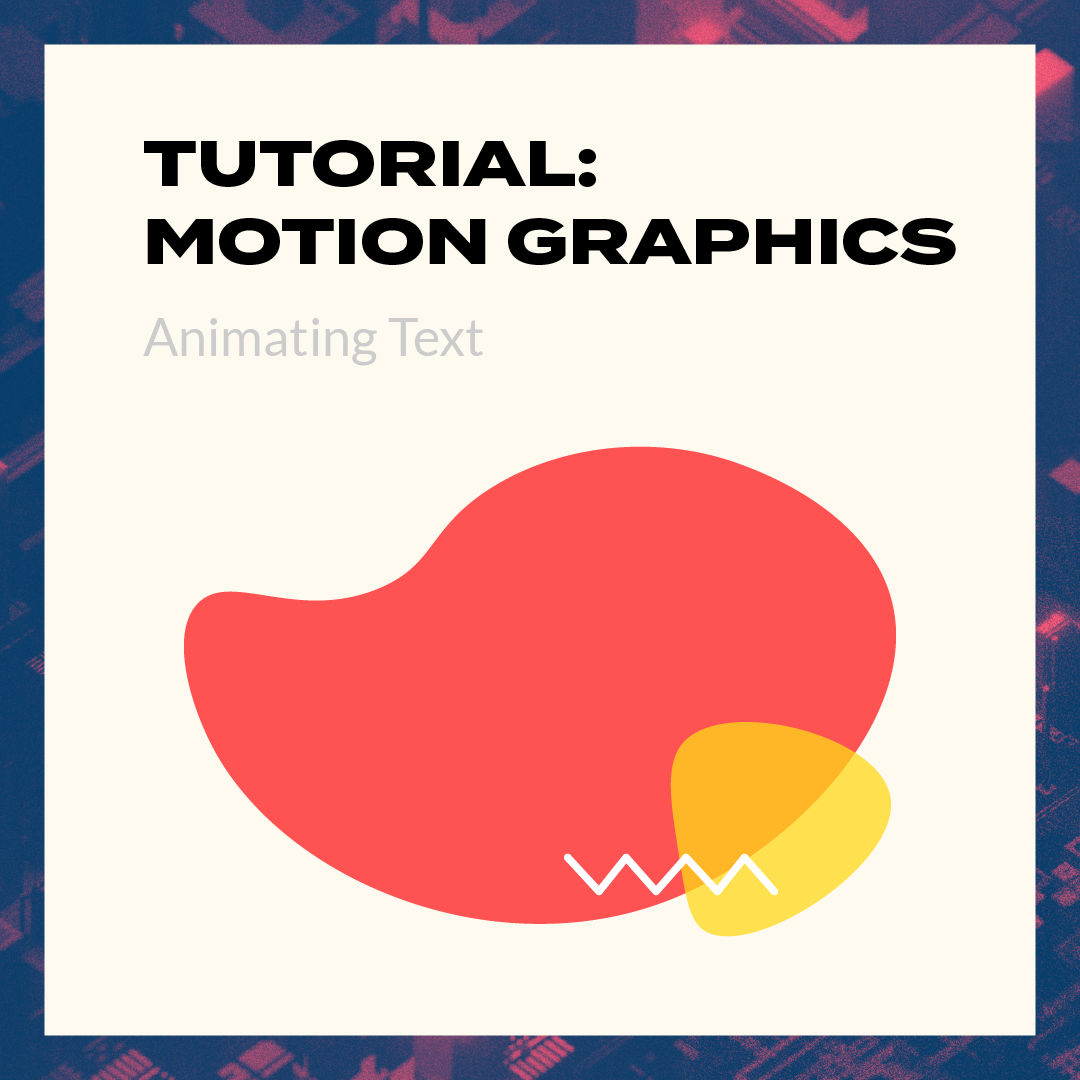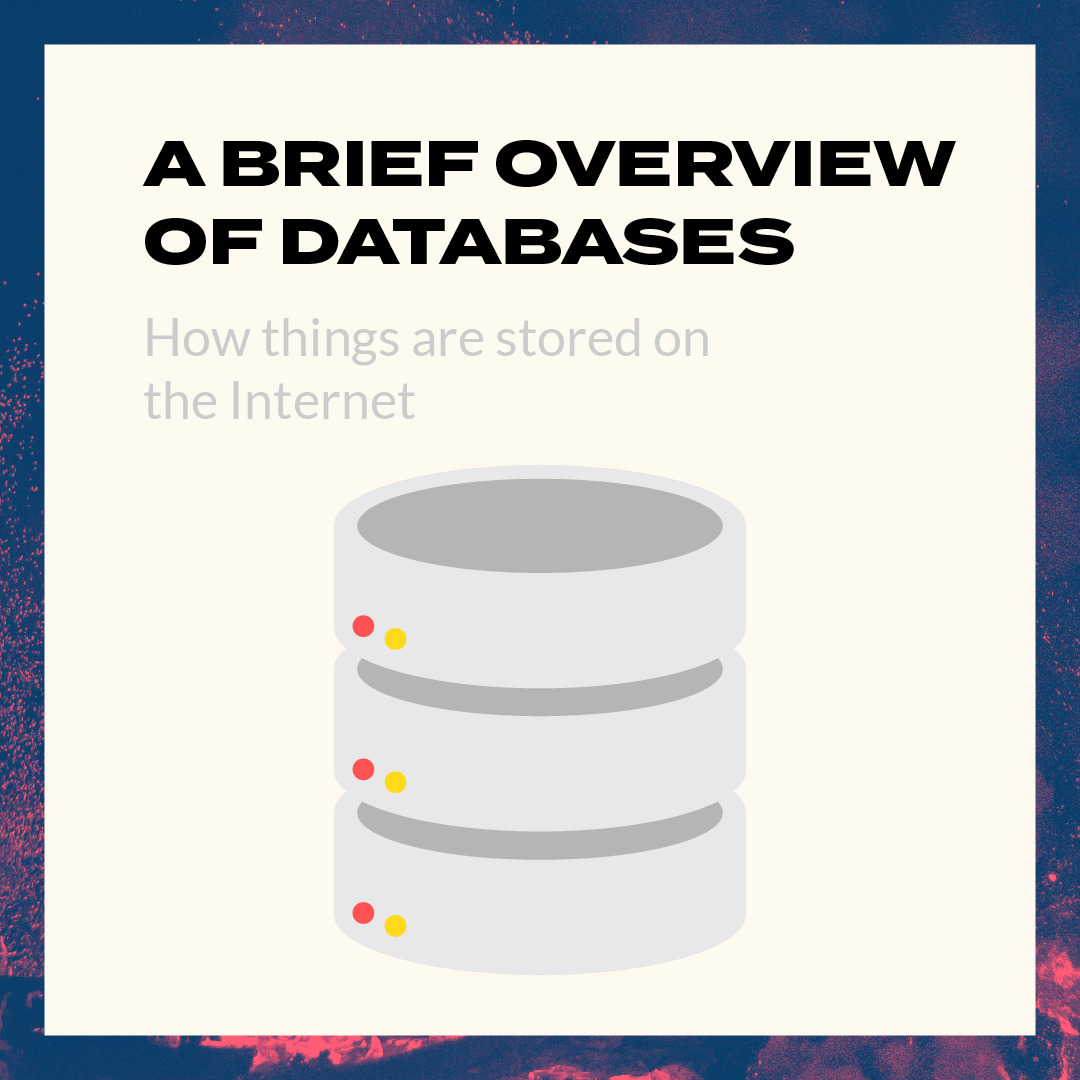We’re back from a day’s break to bring you our first educational post! We’re covering the topic of color psychology, an interesting topic. It’s very broad and can be daunting at first glance. Well, today we’re here to help you better understand it.
Starting Off
What started off as a simple concept in our minds, turned into an extremely complex but interesting article for us to write through our research.
We looked first at Instagram carousels to ‘scope out’ the competition. Although, most of them followed the line of showing a color, then mentioning quality, we felt that there was more to the entire process, more intangibles if you would; that it wasn’t as clear cut.
How was it possible that such a broad topic like colors had rules to it. For instance, telling people on what to specifically feel and think? The thing is, we believed it wasn’t true.
So while we found the carousels to be pretty and aesthetic, they didn’t write what we felt about color psychology as a whole.
Finding the catalyst
The process and direction of this educational post would change when we decided to turn to the internet, and not restrict ourselves to just Instagram. We looked through a few articles and then we found it; a color psychology article from HelpScout (right here) which we really believed in. There was a lot in this treasure chest of a post, but the main one was this: Context.
Of course, there were many other things within the article, but we’d focus on this one most.
The article helped push us and confirm in our minds our scepticism of how all the colors were so easily classified and depicted to portray one specific emotion group when we were thinking about how a color like black could mean vastly different things to different people.
It could be a slimming color to fashion designers, easily pairable with other colors; or it could mean an un-auspicious color, like in Chinese culture where it’s shunned during celebrations.
This helped us reach a verdict & conclusion, that the classification of emotions to a specific color is just to help us grasp an understanding of the vast plains of color, and that really more of the work comes from doing one’s own research tailored to their target goal/outcome.
Creating the post
Now that we got our concept, we’re all fired up. The next thing to do was to figure out how we’d present this. Completely writing off the conventional mentioning of colors seemed a bit too extreme for us. However, we still wanted to sell our concept on how color classification wasn’t the thing to follow, but a very vague guideline that was supposed to lead one to the right colors through their own time investment doing research to ‘clear a checklist”:
- Find out what kind of personality you want to exude
- To find the right audience
- Figure out the preference of that audience
After a discussion, we figured we’d try to mention the conventional colors portraying an emotion while creating a storyline through each page. Then at the end, it should emphasise that if someone wants to get the right color for the job, there’s more to it than just selecting a color.
The problems in creation
The problems we faced while making the carousel were that trying to display icons while creating our storyline would be very space-constraining.
That would result in a lack of negative space for the post’s content to breathe. As a result, we decided to make the storyline rather simple but straight to the point; each part in each page would be a simple, connecting sentence that would flow through the entire carousel.
And with that, we reached the end! Do let us know if you liked the post and agreed with what we spotlighted in this post! Stick around and we’ll see you tomorrow for the next educational post!







